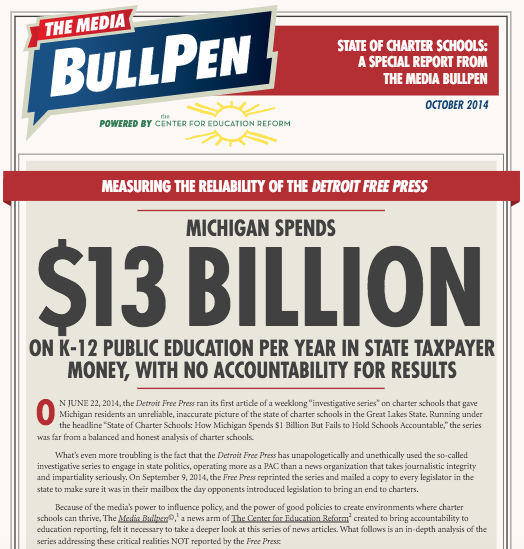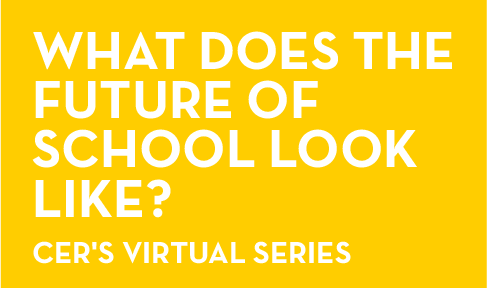Press Perception on Charter Schools
IS THE FOURTH ESTATE’S COVERAGE OF CHARTER SCHOOLS BIASED?
Thanks to a new report from the American Enterprise Institute (AEI), charter school students, educators and advocates can clearly see that their role in advocating has never been more important.
Charter schools have become a staple, albeit still a relatively limited one, in American education today. While just five percent of America’s total school-aged population is being educated by charter schools, millions more are on waiting lists and tens of millions attend better schools since charter schools opened their doors. As former DC Schools Chancellor Michelle Rhee once announced, she wouldn’t have been able to drive the improvements in teaching a nd learning that she did had it not been for the pressure caused by the District’s vibrant charter school community.
nd learning that she did had it not been for the pressure caused by the District’s vibrant charter school community.
And yet, many parents, policymakers, and business and community leaders still don’t fully appreciate just exactly what these innovative learning opportunities are, or what they’re doing for our children and nation’s future. In polls and surveys, fewer than half of respondents know what a charter school is. Once educated, however, their support surpasses 75 percent!
So it comes as no surprise that the media plays a huge role in how people perceive charter schools. AEI researchers found that coverage on charter schools in 2015, while broadly mixed, still tends toward the negative.
Those findings today are validated by findings from the Media Bullpen, formerly the Center’s media watchdog. From 2011 through 2013, the Bullpen analyzed and scored the news on education reform. In baseball parlance, there were more strike-outs and pop flys than home runs. Of the 38,000 scored over that time, the Media’s batting average was less than 50 percent. In fact, the media reliability on charter schools overall was never more than 40 percent.
The Center for Education Reform still feeds the news media through the Media Bullpen, but we stopped scoring the news in favor of influencing the news. The media can only report what they hear and see, and when opponents outnumber proponents and have a habit of spreading misinformation, it’s no wonder the media leans negative. It’s also no wonder because even many advocates themselves decry charter school achievements, based on flawed data and government reporting.
Because of the media’s power in influencing policy and communicatin g information to students, families and voters, one negative story can have enormous consequences. Exhibit A: when the Detroit Free Press failed to respect journalistic integrity and issued an 8-day, 42-article tirade on charter schools based on the opposition’s allegations. The paper then mailed its hatchet job to lawmakers the day they happened to be voting on charter school legislation. Media biased much?
g information to students, families and voters, one negative story can have enormous consequences. Exhibit A: when the Detroit Free Press failed to respect journalistic integrity and issued an 8-day, 42-article tirade on charter schools based on the opposition’s allegations. The paper then mailed its hatchet job to lawmakers the day they happened to be voting on charter school legislation. Media biased much?
Whether at a local newspaper or larger, nationally known syndicates, most journalists take seriously their responsibility to report the facts on charter schools. But to report the facts, they need those facts. We applaud the AEI report because the Fourth Estate is critical to our public discourse.
Advocates must take responsibility to ensure the public’s understanding of all education opportunities, so that the policies created to foster educational excellence are not stifled by misinformation and bias.















